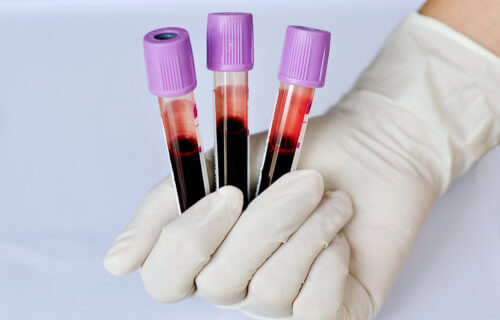DUBLIN, Ireland — Blood contains all sorts of life-giving components, from red blood cells that carry oxygen to white blood cells that fight off infections. However, our blood also works hard to repair wounds. Thanks to platelet-rich plasma (PRP), blood clots around scraps and scratches, allowing our bodies to heal and limit scarring. Now, researchers in Ireland have discovered an innovative way of improving the healing process even further — 3D printing!
A team from RCSI University of Medicine and Health Sciences say replicating more blood plasma through 3D printing technology can help scientists create a PRP implant that speeds up healing. Platelet-rich plasma is the body’s natural healing substance and it makes up about half of a person’s blood.
The new study explored the possibility of extracting PRP from a patient with severe skin wounds and creating more of this substance in a 3D printer. Scientists would then use these platelets to form an implant doctors can place on difficult-to-heal skin wounds — like a scaffold — during surgery.
No more scars for serious wounds?
Tests by the RCSI team found that applying a PRP implant speeds up the healing process by triggering the development of new blood vessels (vascularization). The implant also inhibits scarring and the thickening of tissue around wounds (fibrosis). Researchers say both of these benefits are key for wounds to heal effectively.
“Existing literature suggests that while the PRP already present in our blood helps to heal wounds, scarring can still occur. By 3D-printing PRP into a biomaterial scaffold, we can increase the formation of blood vessels while also avoiding the formation of scars, leading to more successful wound healing,” says RCSI professor of bioengineering and regenerative medicine, Fergal O’Brien, in a university release.
“As well as promising results for skin wound healing, this technology can potentially be used to regenerate different tissues, therefore dramatically influencing the ever-growing regenerative medicine, 3D printing and personalized medicine markets.”
The findings appear in the journal Advanced Functional Materials.
